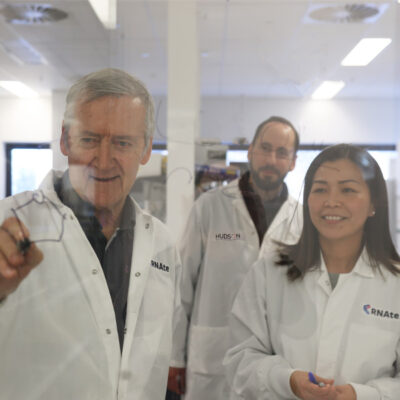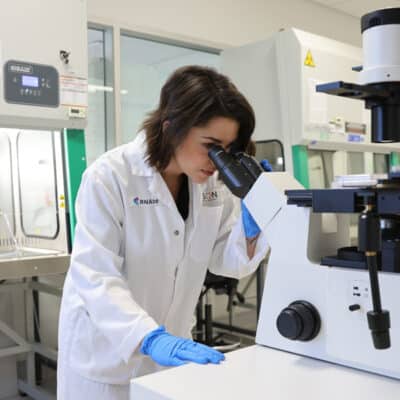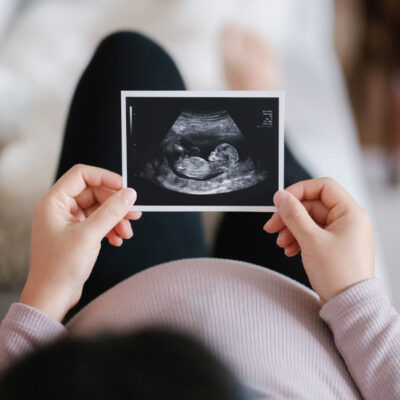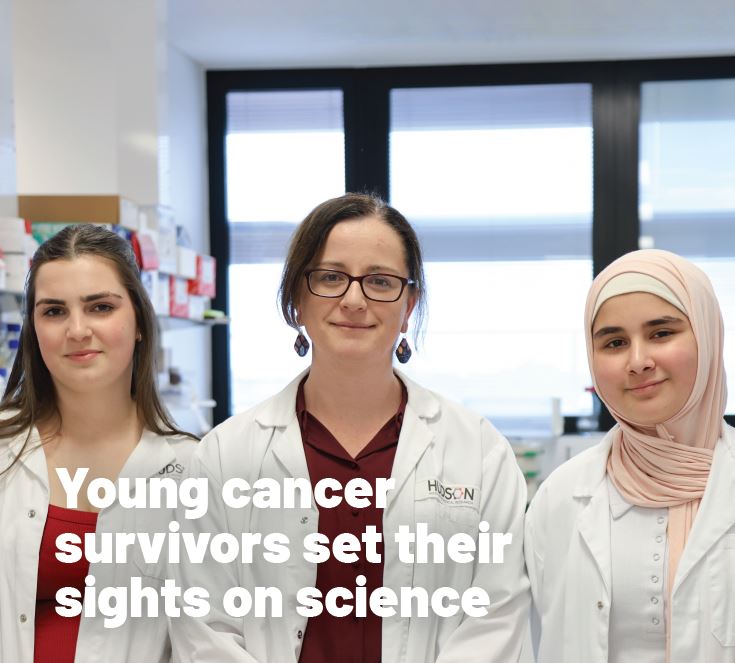Lessons from how bats resist COVID could inform new treatments in humans
By Hudson Institute communications. Reviewed by Professor Marcel Nold

A paper published in the prestigious journal, Science Immunology, explores the idea that studying bats’ responses to SARS-CoV-2 may provide key insights into how and when to best use existing therapies for COVID-19, and to develop new treatments.
The review, led by Professor Marcel Nold and Associate Professor Claudia Nold, from Monash University’s Department of Paediatrics and Hudson Institute of Medical Research, written in collaboration with colleagues in Australia and China, is a major review of how the virus that has caused the current pandemic wreaks havoc on the human immune system.
Since first identified in December 2019, SARS-CoV-2 has mutated, and the variant strains Alpha, Beta and Delta are more infectious than the original strain. Specifically, the Delta strain is 60-79 per cent more transmissible again than the Alpha mutant, and presumably more deadly, according to Professor Nold.
He says there remains an urgent “need for effective therapies, at least in part because of the emergence of mutations.”
The authors warn that “preventing SARS-CoV-2 infection, or enabling patients to eradicate it, represents the ultimate goal in combating COVID-19: but it is uncertain when either will become reliably possible.”
“Therefore, efforts at identifying safe and effective therapies to prevent COVID from progressing to the moderate and severe disease stages, are critical in the fight against the disease,” Professor Nold said.
Bats contract the virus but show minimal disease. The authors say that “preventing progression to severe disease, or effectively treating it – in other words emulating bats – would markedly relieve suffering and save lives.”
According to Associate Professor Nold, studying the way bats resist coronaviruses holds substantial promise not only for infections with SARS-CoV-2, but will also “better prepare us for the next epidemic or pandemic.”
The review says the common ancestor to the current COVID virus likely appeared in bats between 40 and 70 years ago, “though the exact bat species or intermediate host involved in the 2019 outbreak remains elusive.”
While bats can infect each other with SARS-CoV-2 they show no clinical effects nor show the same issues in the lungs that impact humans so badly.
The authors suggest that some of the ways bats appear to resist COVID could be used in therapeutics such as fine-tuning the human immune response to the virus in ways that bats seem to use, including boosting type I and III interferon responses or – once severe illness has developed – blocking inflammasomes to mimic what happens in bats.
Associate Professor Nold says this “could minimise the excessive inflammation, immune exhaustion and the cytokine storms that are experienced in humans.”
Based on these insights, the cross disciplinary authors comment on the best strategies regarding choice and timing of various treatments available today, and on currently underdeveloped avenues that may hold promise in relieving the suffering caused by COVID-19 worldwide.
The team responsible for this review included Professor Nold, Associate Professor Nold, Dr Michael Christie at Hudson Institute and A/Prof Aaron Irving.
Journal | Science Immunology
Title | Of bats and men: Immunomodulatory treatment options for COVID-19 guided by the immunopathology of SARS-CoV-2 infection
View publication | https://www.science.org/doi/10.1126/sciimmunol.abd0205
About Hudson Institute
Hudson Institute’ s research programs deliver in three areas of medical need – inflammation, cancer, women’s and newborn health. More
Hudson News
Get the inside view on discoveries and patient stories
“Thank you Hudson Institute researchers. Your work brings such hope to all women with ovarian cancer knowing that potentially women in the future won't have to go through what we have!”






